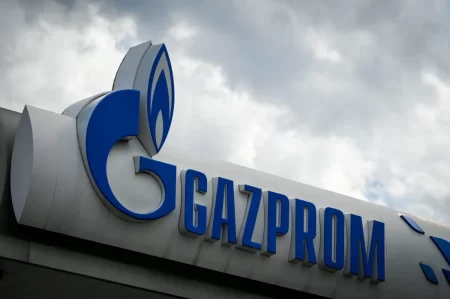 Yemie Adeoye 18 June 2014, Sweetcrude, Lagos – Nigeria has so far spent US$1.5 billion on the Brass and Olokola Liquefied Natural Gas, LNG, projects without any progress towards getting them off the ground.
Yemie Adeoye 18 June 2014, Sweetcrude, Lagos – Nigeria has so far spent US$1.5 billion on the Brass and Olokola Liquefied Natural Gas, LNG, projects without any progress towards getting them off the ground.
Latest indications are that the two projects located respectively in Brass, Bayelsa State and Olokola in Ogun State, may no longer have market opportunities for their products.
Lack of progress on the projects has also hit Nigeria’s desire to expand its market share in global gas supply.
Prior to commencement of construction, the practice for all LNG projects is that contractual agreements with buyers are first secured so that supply could be sustained for a long term. But, if the expectations of the consumers or buyer are not met, they could switch to other suppliers.
Of the $1.5 billion so far spent on the two projects, about $500 million was spent on Olokola and $1 billion on Brass, which have 5.5 million metric ton and 10 million metric ton annual capacity, respectively.
According to Victor Eremosele, a consultant who recently retired from the Nigeria LNG Limited, NLNG, the market windows available for these projects now would soon disappear because “by 2020, it is possible we would find a situation where significant funds have been spent by other countries on their gas projects and these countries would now become new sources of supply of gas to the market”.
Eromosele, who spoke at the ongoing World Petroleum Congress, WPC, holding in Moscow, Russia, said another problem that would likely confront the gas from the Nigerian plants if they ever take off, would be the increasing drop in the price of gas at the international market due to US progress with shale gas and competition from gas discoveries in other parts of the world.
He stated that the price of gas at the international market has started dropping and this couple with major discoveries of gas across Africa and the world may sooner or later impact negatively on the revenue from Nigeria LNGs because of shrinking market.
“We do have our three LNG plants, what are we doing with them? Nigeria should just get serious and fix those two other LNG projects.
“I mean, they have three LNG projects, get them started, and get them running and then compete, otherwise, that window will soon disappear because by 2020, we will find a situation where significant funds have been spent by other countries and those Capex are actually converting to new sources of supply to the market,” he said.
The NLNG top executive said that prices will trend Southwards to around $9,because there are about six exporters with licences in the US and it is expected that this would continue going forward. “This simply means that the market will change.
According to him, the NLNG still survived three years after the focus shifted to Shale gas because it was selling most of our LNG products instead of in the Atlantic Basin in Europe and America, it started selling in Japan. This is however at a very high cost he said. Because to get to Japan, it’s three times the distance of getting to Europe. so it’ll cost you more but at the end of the day, we found the strategy worked.
He said this strategy has worked because it has mitigated the effects of the market in the United of America that is lost . The strategy, he said, is significant because a few years ago, 20, 30 or more cargoes of LNG were sent to the far East, to places like China, India, and this trend will continue going forward. The real question however according to him, is that , what would Nigeria do going forward if she finds herself in a situation where markets closer to the Far East like Mozambique and Australia are competiting with her. Australia will probably be the largest exporter by 2017.
Final investment Decision (FID) on the Brass LNG project suffered a major setback when US company ConocoPhillips, in 2013, announced the intention to divest its Nigerian assets. As a result, Brass LNG is now seeking third-party investors to take on the remaining 17 per cent stake.



